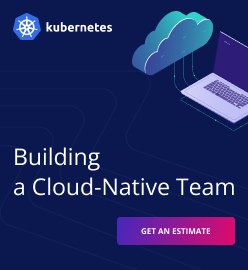Huawei CaaS Deploys 4,500+ Apps with Cloud Foundry
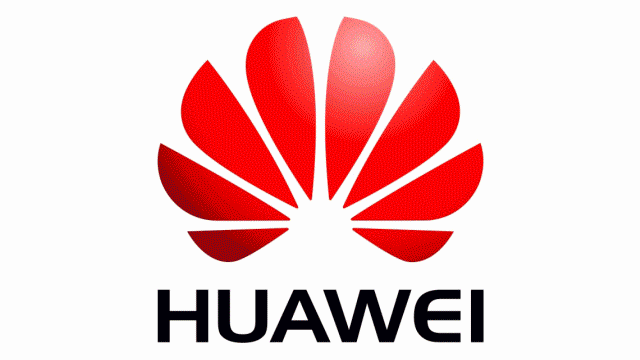
The PaaS sits in the middle of a large communications infrastructure being developed along several use cases.
Already deploys 4,500 applications, and now serves as the platform for a sophisticated communications infrastructure that entails regular telco as well as conferencing and monitoring applications and services.
Huawei seeks to deploy 300 to 400 containers per minute.
Huawei is a Chinese telecommunications company with a significant presence in the US. Annual revenues run about $46 billion with about 170,000 employees.
“Can we deploy 300 or 400 containers per minute?”
This question asked by Huawei Chief Architect illustrates the scale of the Chinese telco company’s vision. Huawei has 170,000 employees and $46 billion in annual revenue, and is now designing and deploying a Communications-as-a-Service (CaaS) initiative that’s based on the Cloud Foundry PaaS.
The general outlines of the problem the company is addressing relate to competition, specifically non-telco services that are “evolving fast and disrupting the telco ecosystem,” according to Dr. Xiong.
A general overview of the CaaS architecture is provided in the following slide:
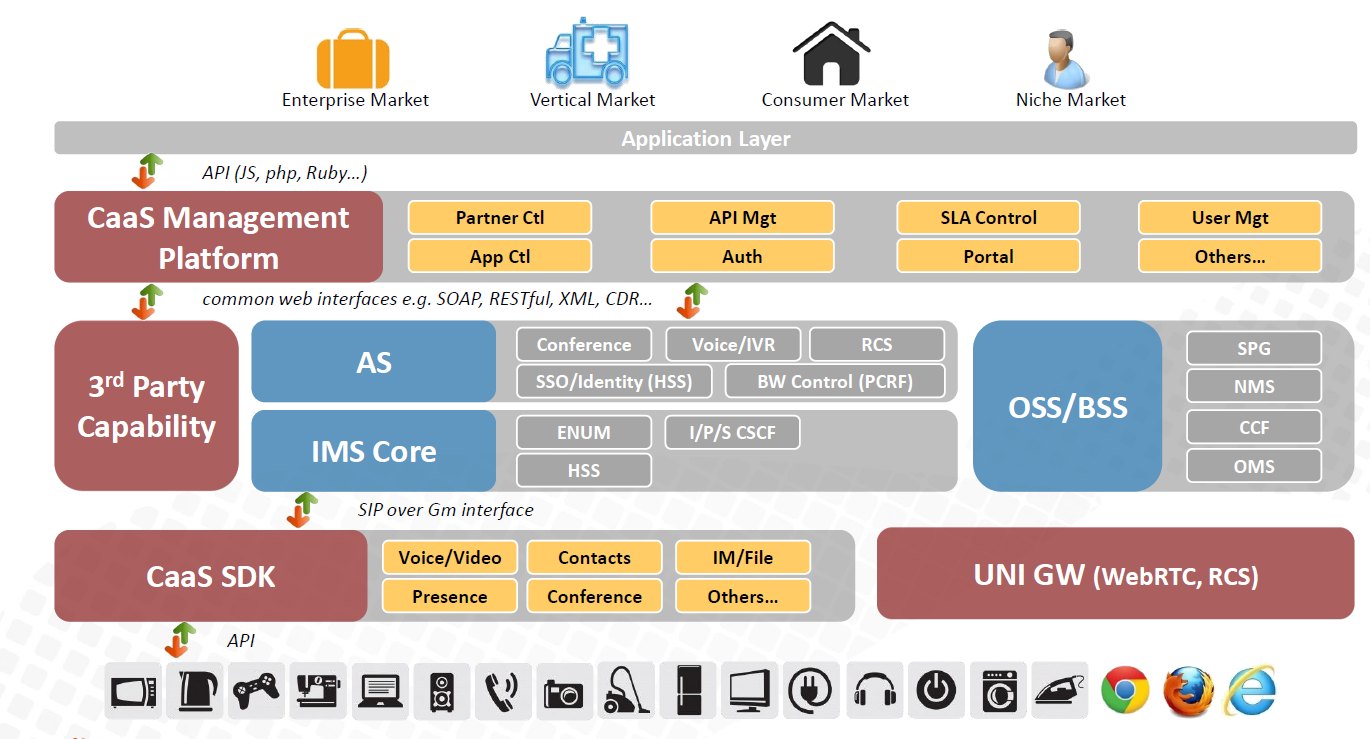
The company’s CaaS solution integrates cloud-based open API services with secure, managed API calls. Some related PaaS scenarios and challenges are as follows:
- Management and orchestration of network function virtualization (NFV)
- Management of NFV application life cycle
- Distributed, orchestrated, and network-aware deployments
- Self-monitoring, self-healing, fast recovery, and auto-scaling based on application performance
- Communication as a Service
- Open API to expose communication capabilities
- API publish, discover, subscribe, and bind
- API security, throttling, and/or management
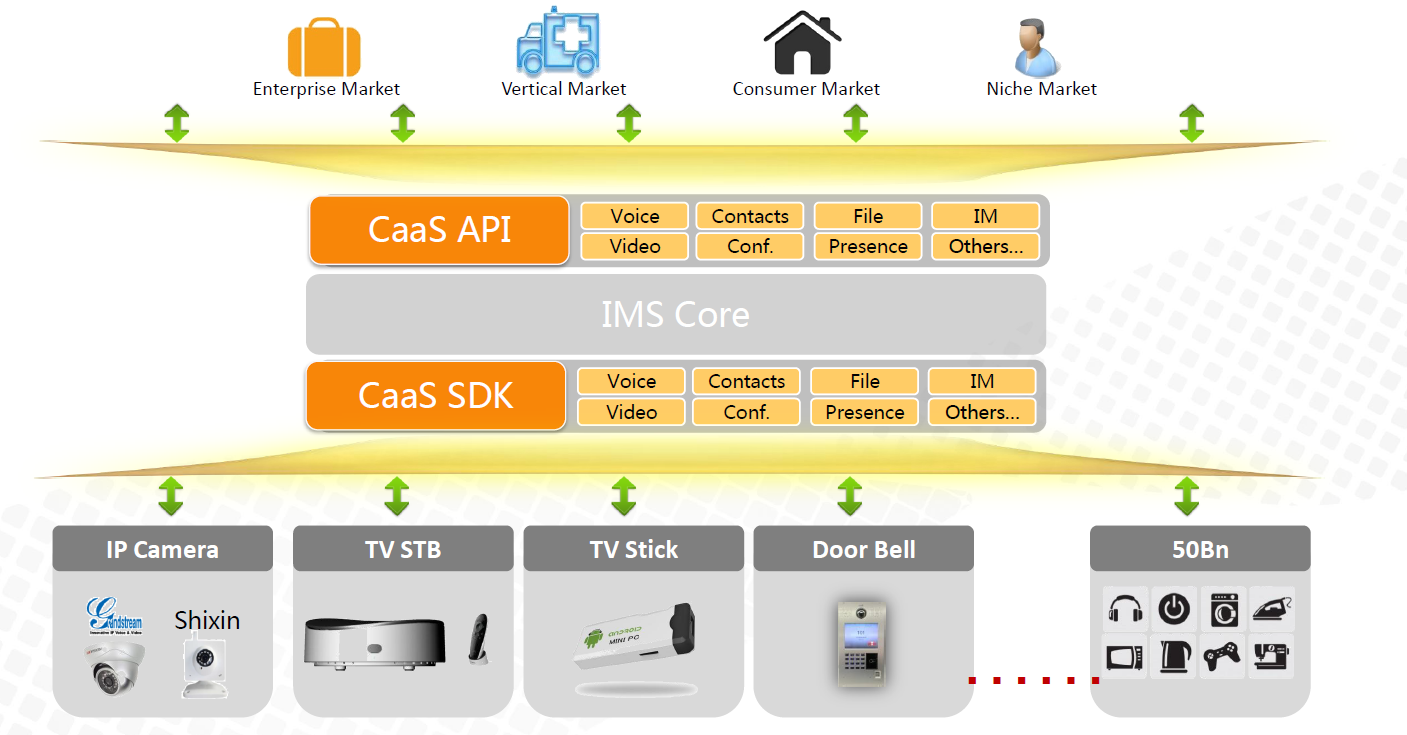
- IT scenario
- Continuous deployment and upgrade of applications
- Existing applications are migrated to the PaaS
- Multi-language and multi-framework development environments
- Huawei’s public cloud
- Cluster management and cross-cluster deployment
- Secure, reliable, and highly available PaaS components
- Support of a cloud service catalog, creation, and binding of services
Huawei can deploy more than 4,500 applications with a custom-built PaaS that’s been in development since 2013. The overall scope of Huawei’s initiative can be illustrated in a few use cases offered by Dr. Xiong.
The first is a voice-enabled application, which is simple enough in concept but which can be potentially deployed for millions of users:
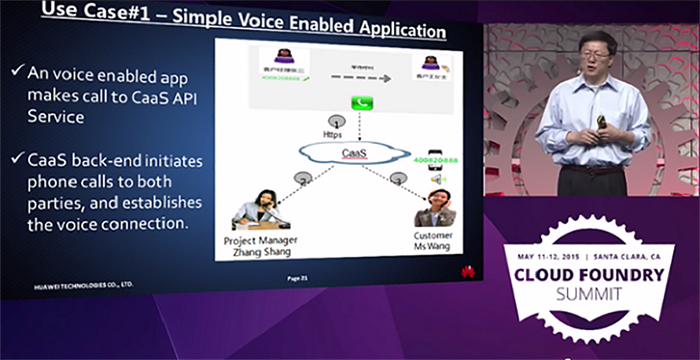
The second use case seems cooler—a true 21st-century solution—on the surface, as it allows video monitoring from a mobile phone:
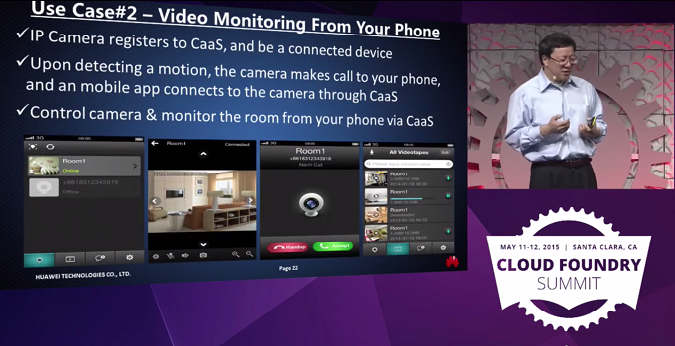
The third use case is for developers, and illustrates the end-to-end capability Huawei is building into its overall CaaS strategy:
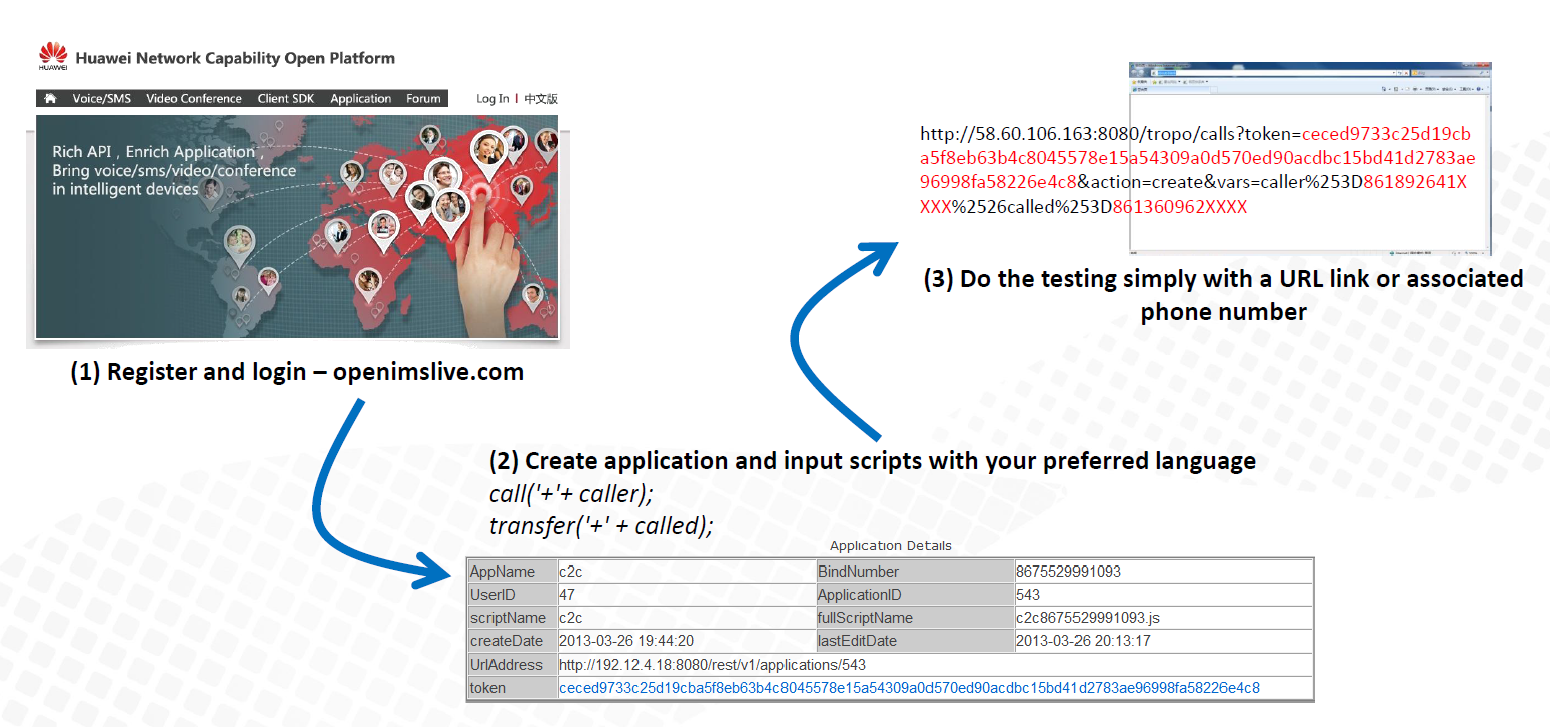
Creating a communications infrastructure for the 21st century is essential for enterprises who are already modernizing their IT infrastructures with IaaS, PaaS, and SaaS.
Huawei is addressing many of the underlying complexities with its solution, easing the way for implementation. The worlds of telco and IT meet in this CaaS, with a large number of specific programming challenges for implementation. This is a large, overarching concept designed for large enterprises with sophisticated telco and web networking needs.
In September 2016, Huawei released CaaS 2.0 that offers five powerful capabilities: real-time voice communication, real-time video, quality of service networking, location information, and third-party application integration.
However, as an enterprise’s needs evolve in this area, still there will be day-to-day challenges of scalability, availability, and specific functionality.
The FusionStage PaaS
Another product delivered by Huawei based on Cloud Foundry is the FusionStage PaaS. In 2015, the Cloud Foundry Foundation certified the platform as compliant with industry standards. FusionStage supports the CF CLI, using Diego as its runtime engine and Kubernetes and Docker as tools for container orchestration.
The platform can be deployed to both public clouds (e.g., Huawei Enterprise Cloud, AWS, Azure, Google Cloud, etc.) and private data centers (e.g., FusionSphere, OpenStack, VMware, bare metal). Huawei has also introduced a number of enhancements to the PaaS: global deployment of management multi-clusters, container release pipes, and global mirror synchronization.
Want details? Watch the video!
The following video is the original presentation by Dr. Ying Xiong at the Cloud Foundry Summit 2015 in Santa Clara, CA.
Further reading
- Orange Labs Test Massive Cloud Migration with ElPaaso Add-on to Cloud Foundry
- DigitalGlobe Builds Satellite Control System with Microservices and Cloud Foundry









